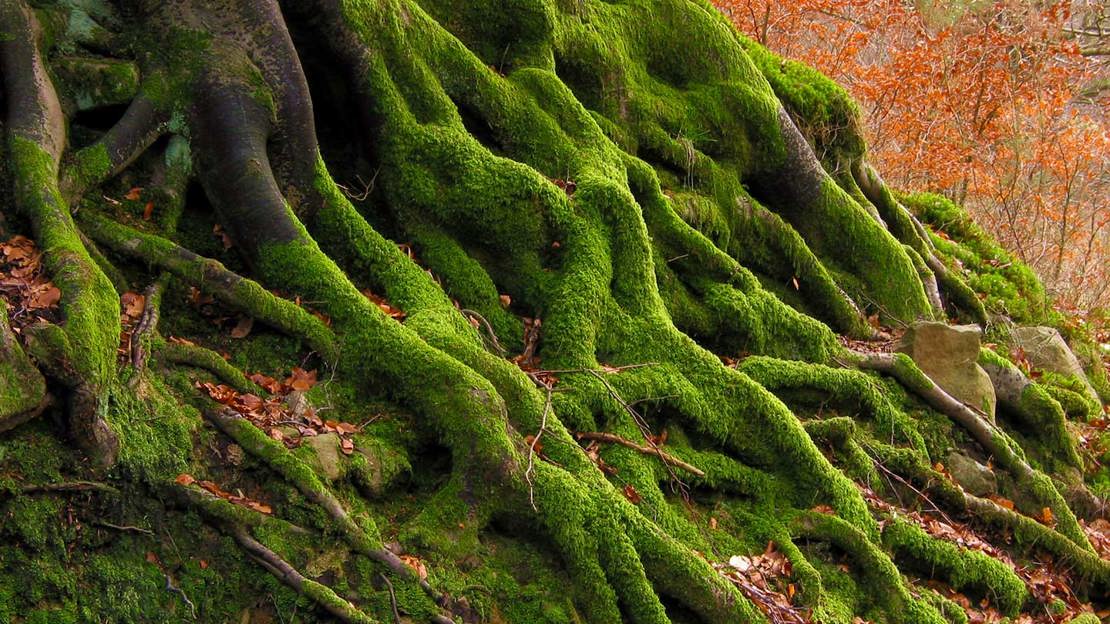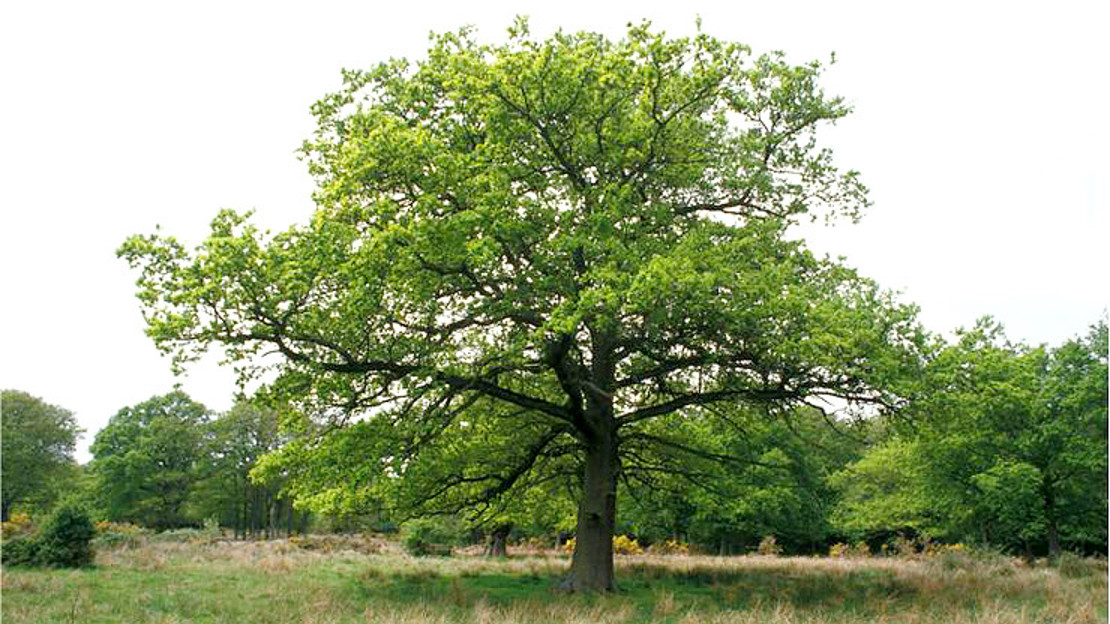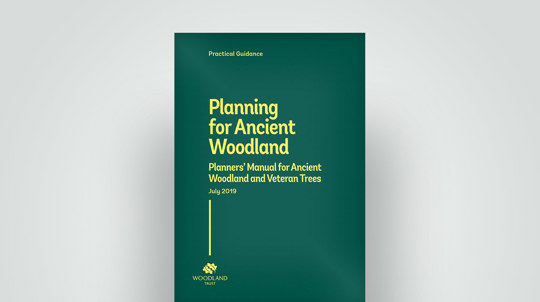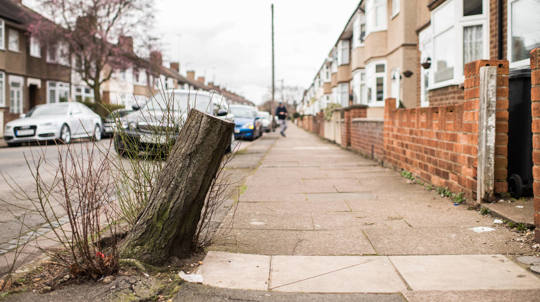You can buy British Standard 5837:2012 ‘Trees in relation to design, demolition and construction. Recommendations’ online. It's also available to view at some local planning authority offices.
What is a Root Protection Area and what does it mean?

Conservation Adviser - Trees
Healthy and adequate rooting space is essential for trees to thrive. A root protection area is usually a calculated area of ground that lies immediately under a tree and just beyond the extent of its crown. It is intended to help avoid damage to the tree’s rooting system. But how is that area worked out, who needs to use it and why is protecting roots so important?
Who needs to use root protection areas?
The RPA is most commonly used in a planning context to avoid loss or damage to trees where they are being retained within a development. Anyone involved with trees and development should refer to it. It can also be adopted by anyone who owns or manages trees, like farmers, whether planning permission is required or not.
The British Standard that defines root protection areas (RPA) was created by the UK’s national standards body. In the British Standard, an RPA is called a ‘layout design tool’. It suggests the minimum area around a tree that holds enough roots and rooting volume to maintain the tree’s viability.

The RPA is usually a circular area around the tree, but not always. An arboriculturist may determine the shape based on an assessment of factors affecting the rooting environment.
How is a root protection area calculated?
The RPA is calculated using the diameter of the tree’s trunk at 1.5m above ground level. The calculation is the same for all trees, regardless of their age.
For trees with a single stem, the RPA is calculated as an area equivalent to a circle with a radius 12 times the stem diameter.
The radius of the RPA circle would be 1.2m x 12 = 14.4m
The whole RPA would measure π x 14.42 ≈ 652m2
The standard contains further guidance on calculating RPA for multi-stemmed trees. It also currently caps the nominal circle area to a radius of 15m = 707m2.
Root protection areas need to be bigger
We believe RPAs should be greater for ancient trees and veteran trees.
Along with the Ancient Tree Forum, we propose an area greater than the existing standard RPA for these trees. We suggest it should be whichever is greater of:
- an area with a radius which is 15 times the diameter of the tree, with no cap
- 5m beyond the crown.
In England, our recommendations are supported in guidance for making decisions on planning applications. Standing advice from Government suggests a ‘buffer zone’ around ancient or veteran trees of at least 15 times the tree's diameter, or 5m from the edge of the tree’s canopy if that area is larger.
An example
According to the British Standard, the RPA for the Westonbirt veteran oak in Gloucestershire would have been up to 15m away from the tree. But in 2018, new radar technology which can detect woody roots from above ground found large roots - over 2cm thick - up to 23m away from the tree. The fine roots and wider mycorrhizal networks stretch even further, so in this case, an RPA of 15m – or even 23m - would not safeguard the whole root system.
Over time, this radar technology will help to improve our understanding of rooting environments and our recommendations.
Planning applications and trees
In the UK, planning decisions must take all existing trees into account. This is known as a material consideration. One of the aspects to consider is the rooting area of trees that will be kept as part of new development work. It’s important to protect the space and make sure work in the area is done sensitively.
Explore our resources for planners
How far do roots spread?
Hidden from our view, the rooting systems of trees are crucial but often overlooked. The pattern of root systems varies between tree species and growing conditions, but they all work hard to take up essential water and nutrients and store energy. They are vital to structural support too, keeping tall, heavy trees standing by anchoring them to the ground.
Roots aren’t a below-ground mirror image of the crown, as many people imagine. They lie wide and shallow, primarily in the top 60cm of soil and extend well beyond the tree’s crown. Roots depend on the structure and health of the soil to do their job well, and need oxygen which is less available deeper in the ground.

What are mycorrhizal fungi and why are they important?
Trees are much more than their roots, trunk and crown. Most species have a deep evolutionary relationship with fungi, which trade nutrients and water to trees in return for sugars. These fungi, known as mycorrhizal fungi, attach to the roots below ground via a fine network of threads called a mycelium, effectively extending the rooting system by tens of metres.
Help protect our valuable trees
Establishing root protection areas is just one way to safeguard our ancient and veteran trees. We work hard to monitor threats, including from development, and conserve these priceless trees for the future. But we can only protect those we know about.
Take us a step closer to helping these special trees by recording where they are for the Ancient Tree Inventory. Adding a record only takes a few minutes and every record counts.


Ancient Tree Inventory
Ancient trees need special care and protection. There are thousands of ancient trees in the UK and we need your help to find out where they are.







